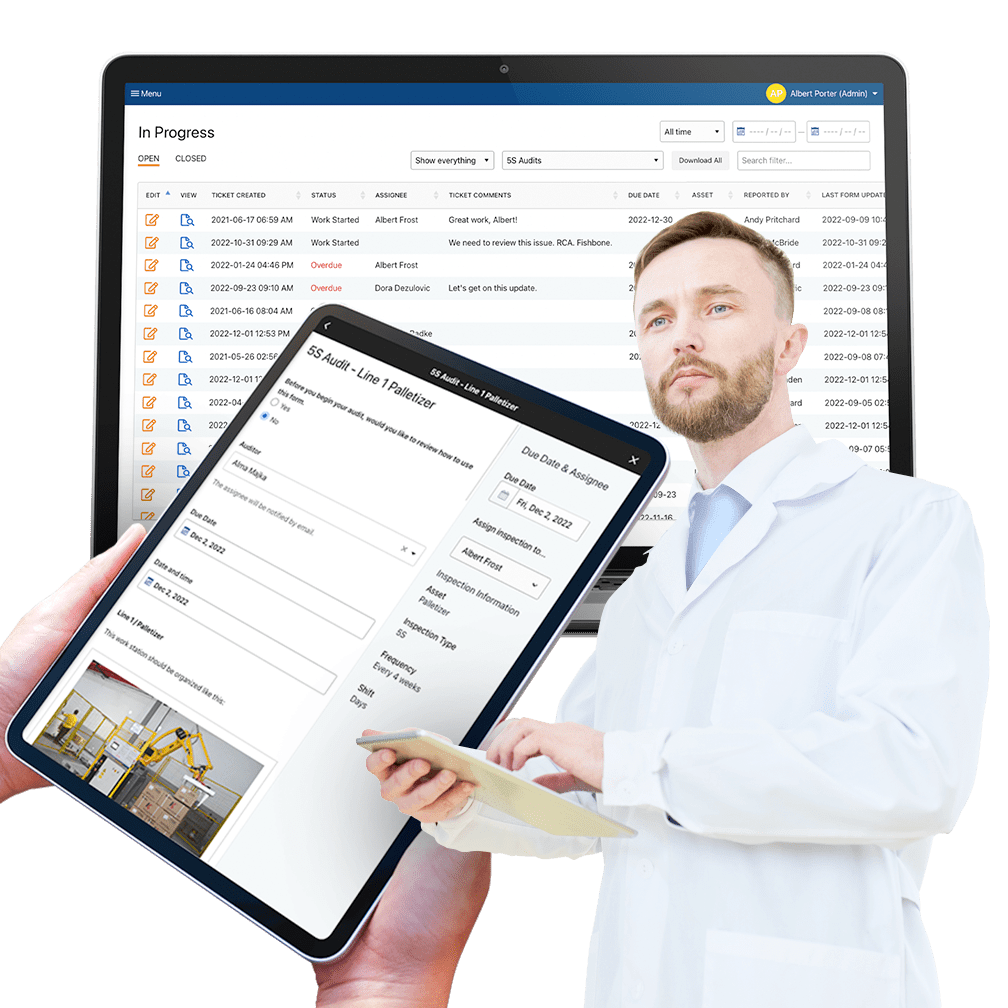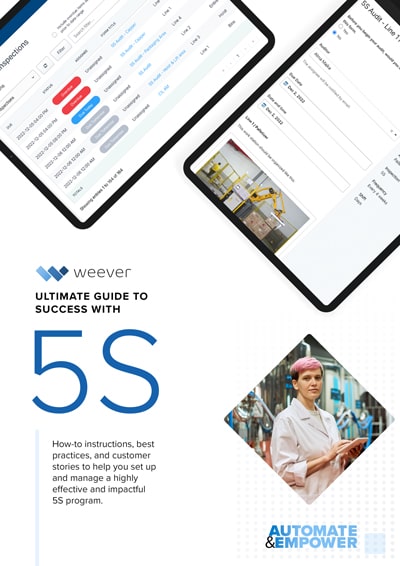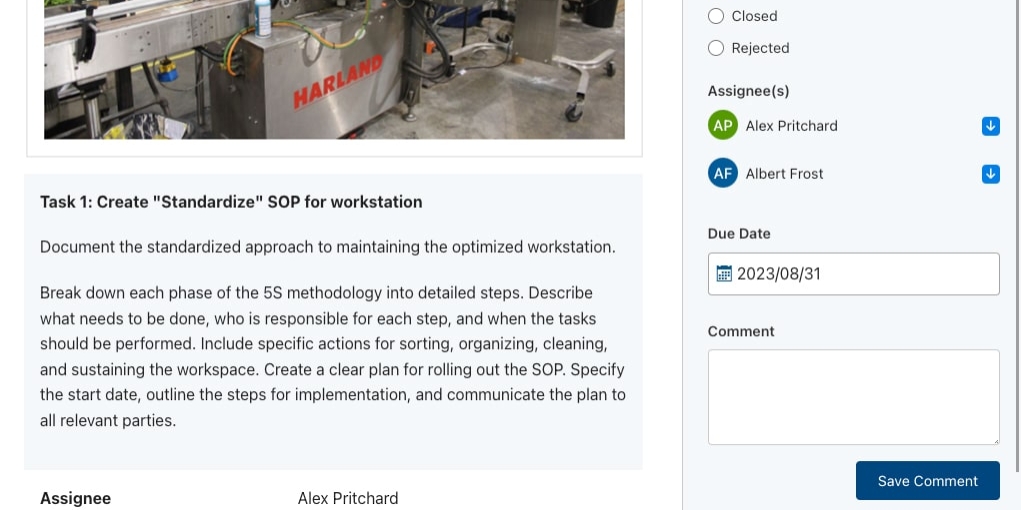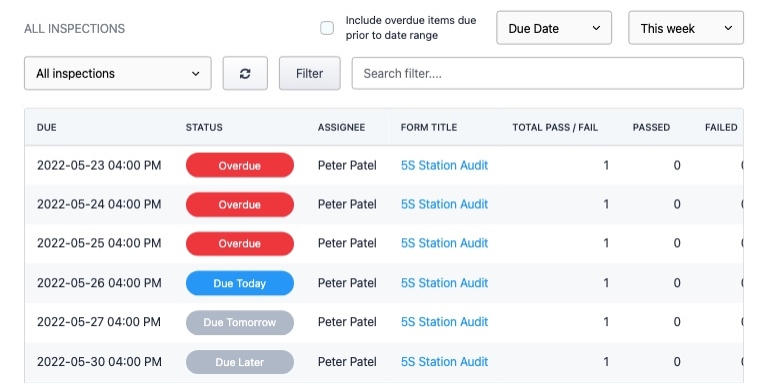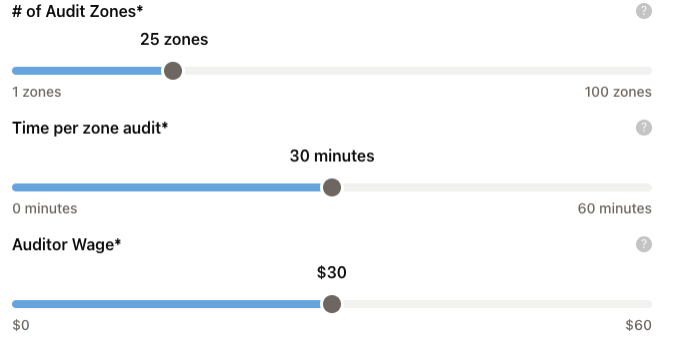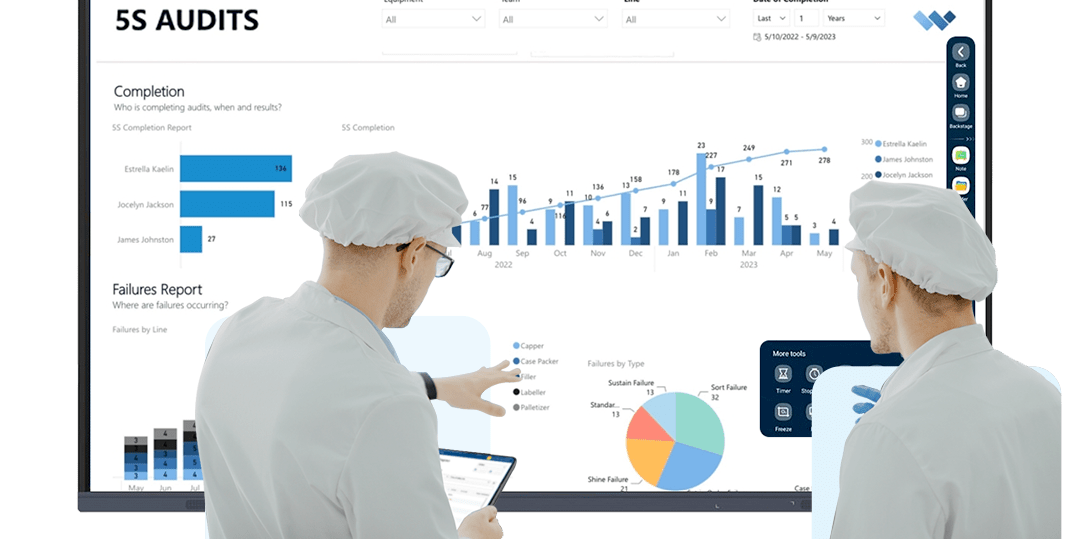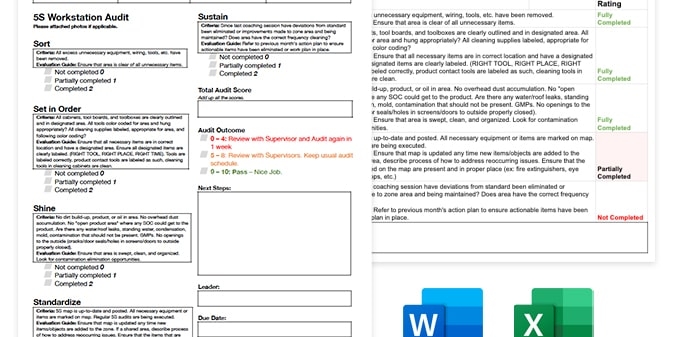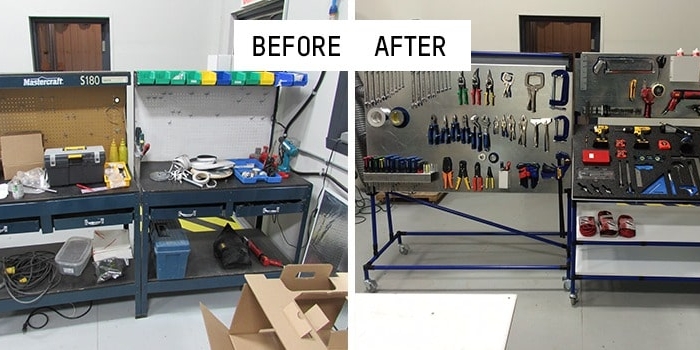Top 5S benefits for manufacturing companies
What benefits you can expect to realize with a successful 5S implementation.

5S Overview
5S Planning
5S Implementation
5S Auditing
5S Audit Digitization
FREE RESOURCEs
Aside from the cultural shift towards lean manufacturing that quick 5S wins can bring for your teams, there are over 50 years of well documented benefits worth discussing. 5S methodology will bring you improvements in productivity, safety, waste reduction, employee engagement, and staff morale.
What is the 5S Methodology?
5S is a systematic methodology aimed at organizing and optimizing workspaces for efficiency, safety, and productivity. It consists of five foundational principles, each starting with the letter "S": Sort, Set in Order, Shine, Standardize, and Sustain.
The methodology begins with sorting through items in the workspace, eliminating unnecessary clutter to keep only essential items. Then, it focuses on arranging necessary items in an organized manner (set in order) for easy access and efficient use. Subsequently, regular cleaning and maintenance (shine) are emphasized to uphold cleanliness and identify potential issues. Standardization involves establishing and maintaining standardized processes and procedures to sustain the improvements made in the first three steps. Finally, sustaining the established standards through discipline and ongoing commitment (sustain) becomes a part of the organizational culture, ensuring continuous improvement.
5S is important as it fosters a culture of organization, cleanliness, and efficiency within workplaces.
It leads to improved productivity, safety, and quality by eliminating waste, reducing errors, and optimizing workflows. Additionally, it enhances employee morale and engagement by creating a more pleasant and organized work environment, ultimately contributing to overall operational excellence and continuous improvement within organizations across various industries.
Here is a list of the benefits you will realize through the 5S methodology:
1. Increased Efficiency
The 5S methodology stands as a powerhouse for enhancing efficiency within manufacturing organizations through its systematic principles. When your staff is unable to find the tools or materials they need because of clutter, inefficient workspace design, or missing items, they stop working to find it. This is wasted time and loss of productivity.
Streamline and Optimize Workstation Efficiency
Fundamentally, 5S is about optimizing the efficiency of workstations to maximize productivity and employee engagement.
- Starting with "Sort," this principle streamlines workspaces by removing unnecessary items, minimizing clutter, and optimizing available space. This reduction in excess not only declutters physical areas but also slashes the time spent searching for tools or materials, bolstering productivity.
- Following this, "Set in Order" ensures everything has a designated place, reducing search times further and enhancing accessibility. Clearly labeled and organized workspaces lead to fewer errors and smoother operations, underpinning enhanced quality and reduced rework.
- "Shine" emphasizes regular cleaning and maintenance, acting preventatively to stave off breakdowns and unexpected downtime. This principle creates a safer work environment, reducing interruptions caused by accidents or unsafe conditions.
Consistency and Visual Cues
"Standardize" builds on these improvements by implementing consistent procedures and visual cues, ensuring uniformity across operations. This consistency simplifies training, fosters clarity, and significantly contributes to streamlined workflows.
Fostering a Culture of Excellence
Finally, "Sustain" nurtures a culture of continuous improvement. Regular audits, employee engagement, and long-term adherence to 5S principles lead to lasting efficiency gains, minimizing waste, and driving continual enhancement.
In essence, the 5S methodology isn't merely about organizing physical spaces; it's a holistic approach that transforms organizational culture and operational efficiency. By optimizing processes, reducing waste, standardizing procedures, and nurturing continual improvement, 5S becomes a catalyst for sustained efficiency gains within manufacturing organizations, promoting safer, more organized, and highly efficient workplaces.
By making the right tools and materials easily available while removing unhelpful ones you can help your staff stay focused on the highest value activities while they work
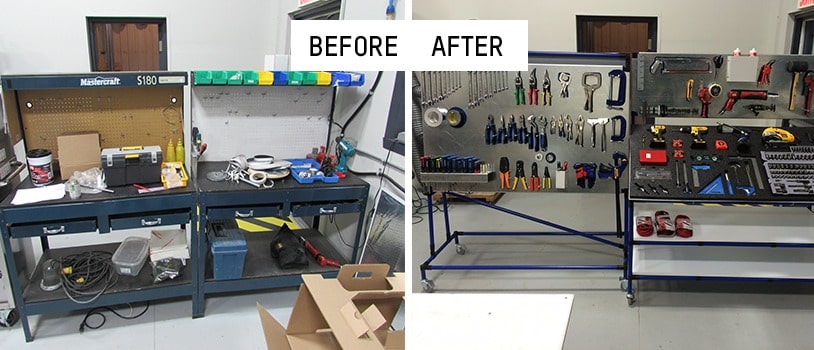
2. Increased Safety
Implementing the 5S methodology significantly bolsters safety measures within manufacturing facilities.
Reduce Incident Risk by Decluttering Workstations
A clean and organized workspace reduces the risk of accidents and injuries by removing hazards and making potential dangers more visible. You can also limit travel through areas that contain hazardous chemicals, thus reducing exposure.
The "Sort" step eliminates unnecessary items that might pose safety hazards, decluttering work areas to reduce the risk of trips, falls, or accidents. By removing unneeded materials and equipment, employees navigate the workspace more safely, minimizing the chances of injuries caused by obstructions.
"Set in Order" further enhances safety by organizing tools, equipment, and materials in designated and easily accessible locations. Clear labeling and structured storage systems reduce the time spent searching for items, preventing rushed movements or reaching for tools in unsafe positions.
This organization also ensures that potentially hazardous materials are stored separately and clearly marked, minimizing the risk of exposure or mishandling. Moreover, established and consistent placements for items reduce the likelihood of incidents caused by incorrect tool usage or improper storage, contributing to a safer work environment.
3. Enhanced Engagement
Implementing the 5S methodology within a workplace not only organizes physical spaces but also fosters a culture that actively engages employees in the improvement process.
A well-organized and clean environment fosters a positive work culture, boosts employee morale, and encourages ownership and pride in the workplace. By engaging and empowering your staff to be actively involved in 5S you give them a sense of ownership, increasing job satisfaction and reducing absenteeism.
Engage Employees in the Solution
Through the "Sort" phase, employees become directly involved in decision-making regarding what items are necessary for efficient operations. This involvement empowers them to take ownership of their workspaces, creating a sense of responsibility and pride in contributing to a streamlined and efficient environment.
Encourage Collaboration and Teamwork
"Set in Order" and subsequent phases, such as "Shine" and "Standardize," encourage collaboration and teamwork. As employees organize work areas, establish cleaning schedules, and create standardized processes, they work together to develop and maintain these standards. This collaborative effort cultivates a sense of unity and shared responsibility for the workplace, fostering a culture where employees feel valued and integral to the success of the organization.
Additionally, involving employees in continuous improvement initiatives during the "Sustain" phase keeps them engaged, as their feedback and suggestions for enhancements are actively sought and implemented, creating a sense of involvement and impact.
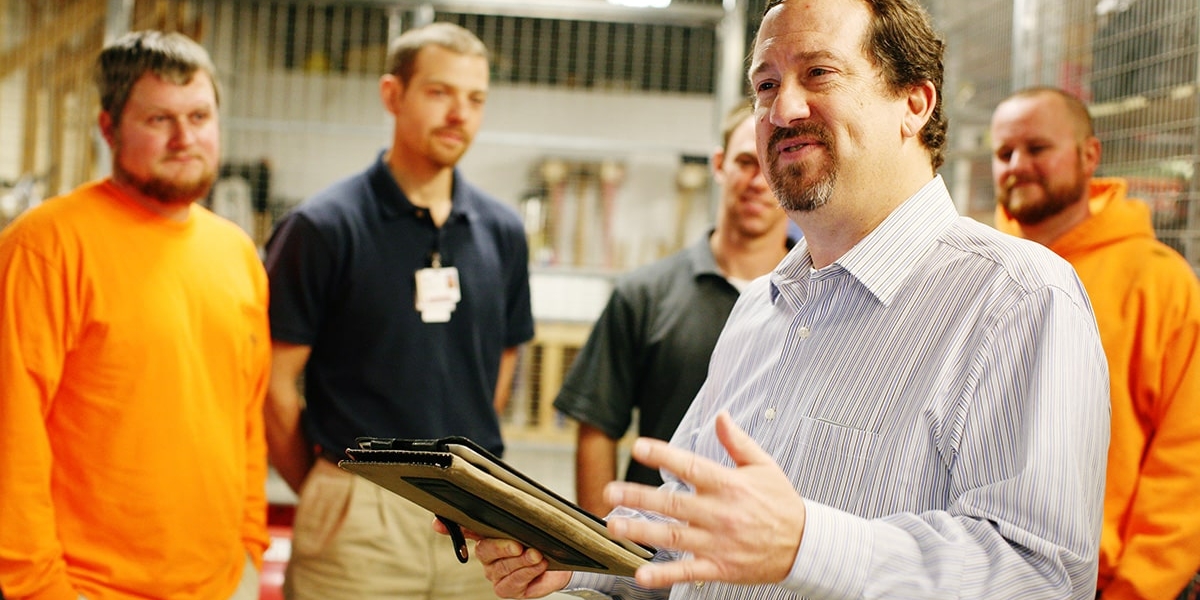
4. Reduced Waste
Waste in manufacturing has many forms - time, materials, motion, and energy - and 5S is geared towards reducing them all. The 5S methodology serves as a foundational element in Lean Manufacturing, primarily targeting waste reduction across various forms.
Eliminate Waiting & Excessive Motion
Through "Sort," organizations eliminate unnecessary items, reducing inventory and the potential for overproduction, a key lean waste. This decluttering process also minimizes excessive motion and transportation waste by optimizing workspaces, ensuring tools and materials are easily accessible, reducing unnecessary movement.
"Set in Order" and subsequent steps enhance efficiency by organizing workstations. Clear layouts and designated storage spaces diminish the waste of waiting by ensuring tools are readily available.
Eliminate Transportation Waste
Streamlining work processes between workstations can reduce worker downtime waiting for parts or instructions, unnecessary transportation of parts and materials, or under-utilized floorspace.
Eliminate Defects, Excess Processing and Overproduction
Additionally, by implementing visual controls during "Standardize," the methodology aids in reducing defects and rework, aligning with Lean principles by establishing standardized processes that minimize errors.
Overall, by systematically addressing waste through the 5S methodology, organizations effectively align with Lean Manufacturing principles, targeting key areas of waste to streamline operations and bolster efficiency.
5. Improved Product Quality
Implementing the 5S methodology significantly contributes to elevating product quality within a manufacturing facility. With standardized procedures and organized workspaces, the likelihood of errors decreases, leading to improved quality control and consistency in output.
Reduce the Chance of Errors Occuring
The initial phase of "Sort" ensures that only necessary items remain in the workspace, minimizing clutter and reducing the chances of errors caused by misplaced tools or materials. This organization and decluttering process mitigate the risk of defects or inconsistencies in the manufacturing process, setting the stage for improved product quality.
"Set in Order" continues to enhance product quality by organizing workspaces in a manner that facilitates efficient operations. Clear labeling and designated locations for tools and materials minimize the potential for errors during production.
Quicker Identification of Quality Issues
Moreover, this organized setup allows for quicker identification and retrieval of required items, reducing assembly errors or delays due to missing parts.
Better Adherance to SOPs
As the subsequent phases like "Shine," "Standardize," and "Sustain" reinforce cleanliness, standardization, and ongoing adherence to best practices, the methodology promotes consistency and reliability in manufacturing processes, contributing significantly to enhanced product quality.
Disorder and lack of standardization can contribute to errors, defects, and inconsistencies in products or services. 5S establishes clear standards to uphold quality.
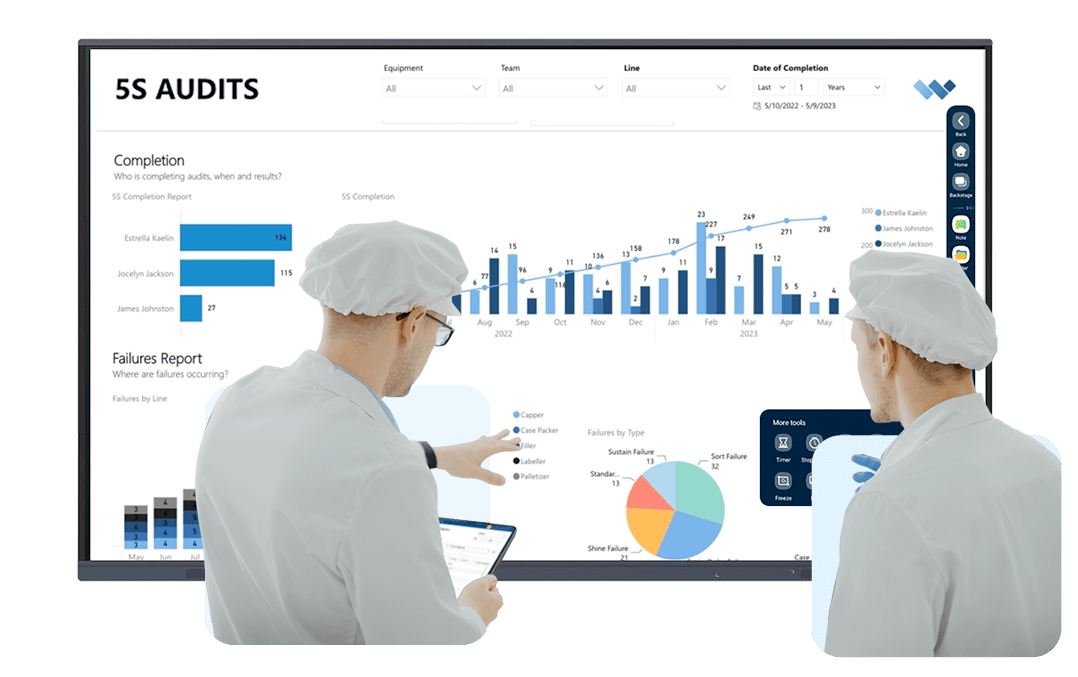
6. Cost Savings
Implementing the 5S methodology leads to substantial cost reductions and enhanced cost-saving measures within manufacturing organizations.
Optimize Inventory
The initial phase of "Sort" eliminates unnecessary items, optimizing inventory and reducing excess stock. This reduction in inventory levels directly cuts costs associated with storing, managing, and procuring surplus materials. Moreover, by streamlining workspaces and eliminating unnecessary tools or equipment, organizations reduce spending on replacements and repairs, contributing to significant cost savings.
Reduce Cost per Unit
"Set in Order" further drives cost reductions by organizing workspaces, minimizing search times, and preventing misplaced items. Efficient layouts and clearly designated storage areas reduce downtime caused by employees searching for tools or materials, subsequently increasing productivity and reducing labor costs. Additionally, as the methodology emphasizes preventive maintenance during "Shine" and "Standardize," organizations reduce unexpected breakdowns and repair costs.
Reduce Machine Downtime
Regular maintenance schedules and standardized processes further contribute to operational efficiency, optimizing resources and minimizing production downtime, leading to substantial cost savings over time. Overall, the holistic approach of 5S systematically targets various areas of waste and inefficiency, resulting in notable cost reductions and improved financial performance for manufacturing organizations.
By reducing waste, optimizing processes, and minimizing downtime caused by disorganization, companies can achieve cost savings in various aspects of their operations.
7. Continuous Improvement
The 5S methodology instills a culture of continuous improvement by setting standards and habits that encourage ongoing evaluation and enhancement of processes and work environments.
Foster the Continuous Improvement Mindset
The 5S methodology serves as a cornerstone for fostering a culture of continuous improvement within manufacturing organizations. Its structured approach aligns perfectly with the principles of continual enhancement. "Sort" initiates the process by encouraging employees to evaluate and eliminate unnecessary items, sparking an ongoing mindset of optimization and efficiency. This step sets the tone for continuous improvement, prompting employees to regularly reassess and refine processes.
Establish Standardized Practices
"Set in Order," "Shine," and "Standardize" further reinforce the continuous improvement mindset by establishing standardized practices and visual cues. These elements not only streamline operations but also provide a framework for continual refinement. The visual management tools introduced during these phases aid in quickly identifying anomalies or areas for improvement, promoting a proactive approach to problem-solving.
Reinforce with Audit Schedules
Additionally, the "Sustain" phase, with its focus on regular audits and reinforcement, embeds the principles of continuous improvement into the organizational culture. Employees engage in ongoing discussions, suggestions, and adaptations, driving a perpetual cycle of enhancement and growth within the organization. The 5S methodology, with its emphasis on sustained adherence and perpetual refinement, acts as a springboard for organizations striving for continual improvement.
Continue Learning about 5S


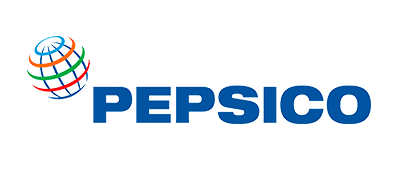


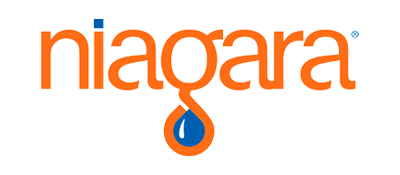
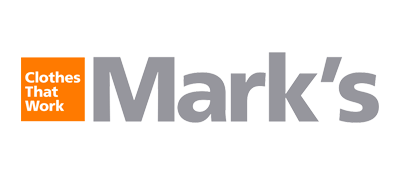
Marks

Diageo

Niagara Bottling

Walmart

PepsiCo logo

McDonald's

Unilever
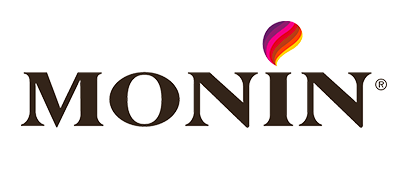
Monin

Hello Fresh
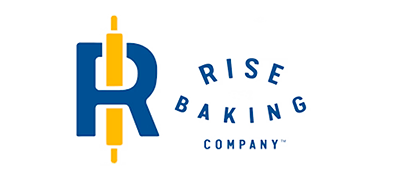
Rise Baking
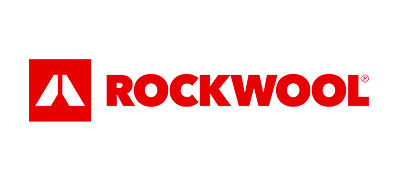
Rockwool
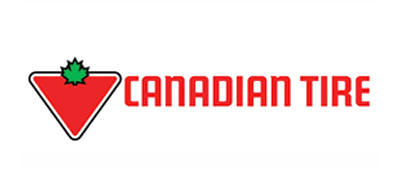
Canadian Tire

SportChek
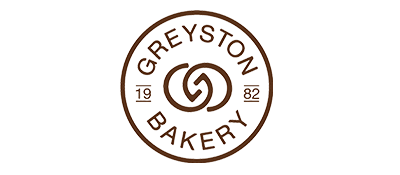
Greyston Bakery
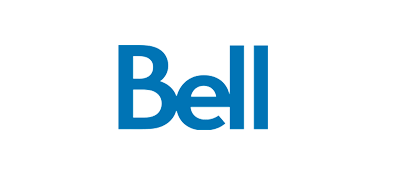
Bell
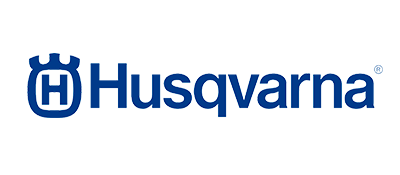
Husqvarna

Home Hardware
